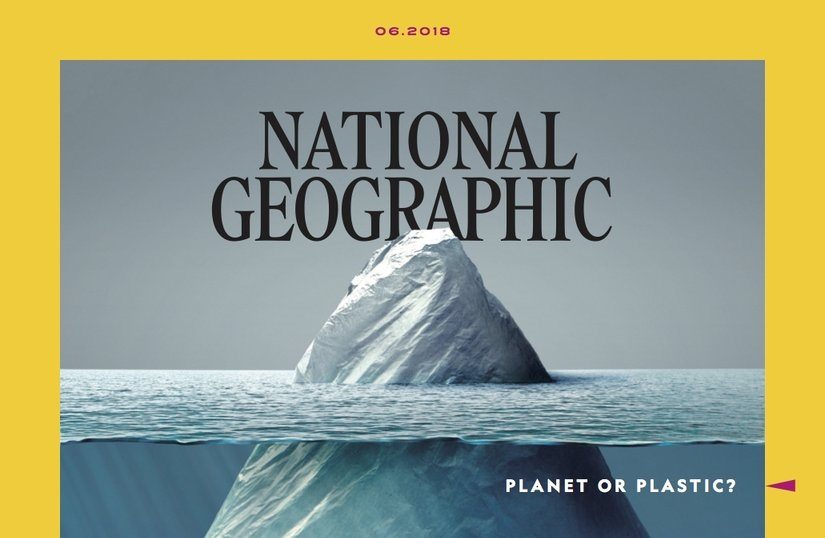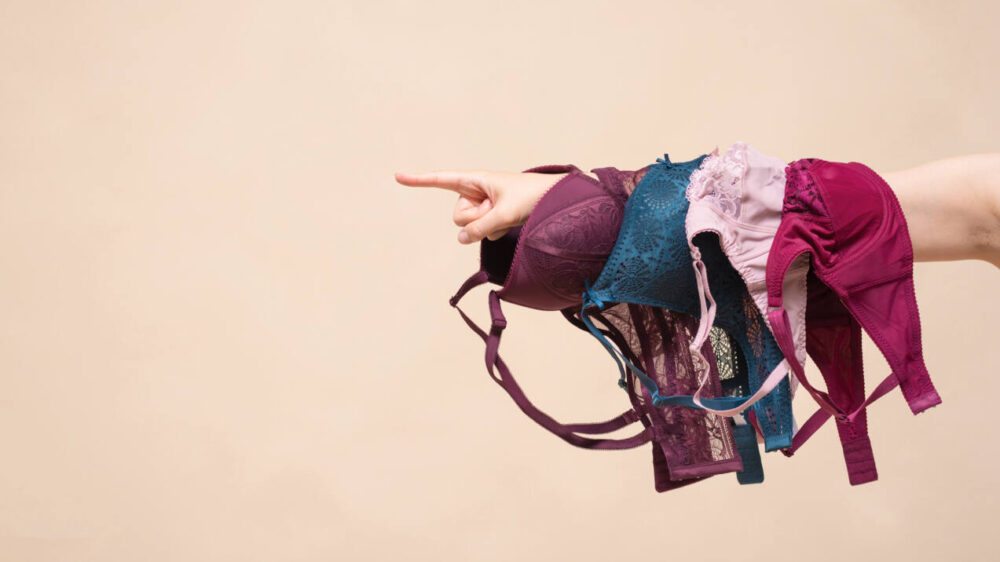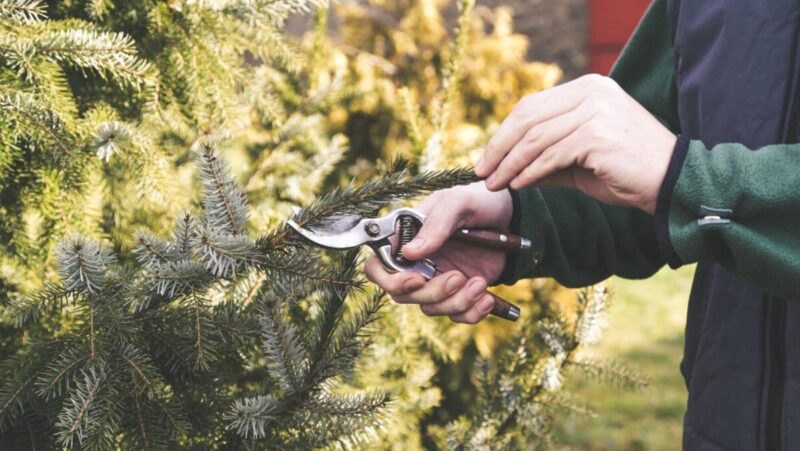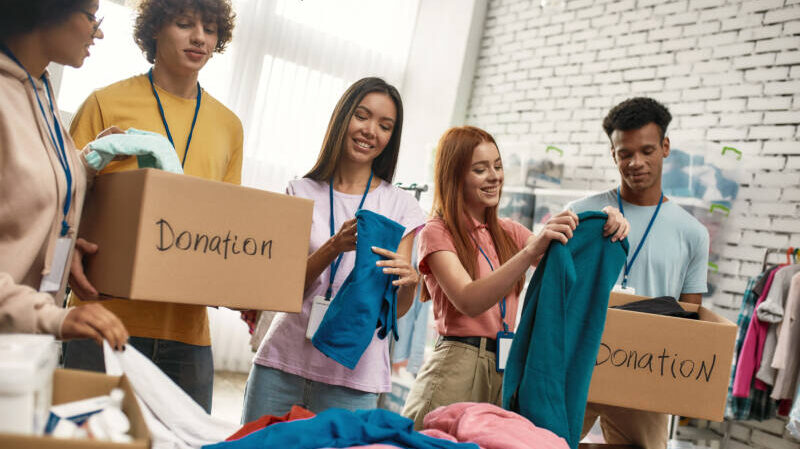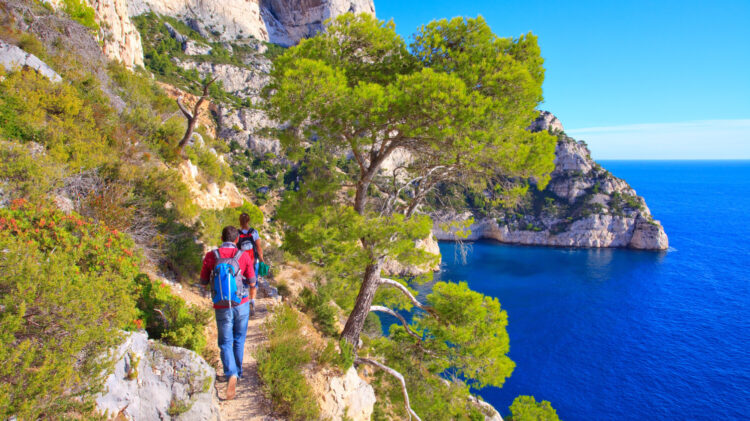This National Geographic cover has people buzzing for an important reason
They say you shouldn’t judge a book by its cover, but magazines — including National Geographic — have long been known for their iconic covers that spark conversation. Now, the 130-year-old publication has new cover art to add to the collection of images that get people buzzing.
The June 2018 issue, “Planet Or Plastic?”, features what appears to be an iceberg. But look more closely:
Our latest @NatGeo cover is one for the ages#PlanetorPlastic pic.twitter.com/NssiHOtaYc
— Vaughn Wallace (@vaughnwallace) May 16, 2018
Yep, it’s a plastic bag. The artwork, called “Iceberg Plastico,” was actually created in 2017 by Mexican artist Jorge Gamboa, but National Geographic saw the illustration and decided it would be the perfect image to kick off its “Planet or `Plastic” campaign, the magazine’s “multiyear effort to raise awareness about the global plastic trash crisis.”
The amazing cover has already done a great job of prompting discussion all over the internet. Vaughn Wallace, the magazine’s senior photo editor, tweeted out the cover on May 16 and it has already gotten more than 57,000 retweets.
Brilliant cover. This one will be an icon. Well done, @NatGeo. https://t.co/33nalXJoSG
— Gerald Butts (@gmbutts) May 16, 2018
The June 2018 cover of @NatGeo! What a great way to convey the message! pic.twitter.com/nwV91unBEz
— Rahul Nanda (@rahulnanda86) May 17, 2018
National Geographic outdoes itself with this brilliant cover and a dire warning. Planet, or plastic?@NatGeo pic.twitter.com/IifT4xOrL7
— Saikat Datta (@saikatd) May 17, 2018
Even celebrities like Zooey Deschanel are joining the effort and promoting the issue.
https://www.instagram.com/p/Bi4LWDwH5Kk/?hl=en&taken-by=natgeo
And National Geographic is walking the walk itself. Starting with this issue, Wallace said the magazine will no longer be shipped to readers in a plastic bag, but will be sent out in a paper envelope instead.
https://www.instagram.com/p/Bi-CXF2n9qS/?taken-by=michaelkodas
“This change alone will save more than 2.5 million single-use plastic bags every month,” wrote Editor-in-Chief Susan Goldberg. “We’ve also challenged all our international partners — who publish 36 local-language editions of National Geographic around the globe — to get rid of plastic wrappers by the end of 2019.”
Goldberg went on to assert that the plastic wrappers effort is just the first step in a larger campaign. “Under the campaign banner of ‘Planet or Plastic?’ we’ll deploy content across all our platforms to raise awareness and encourage consumers to act,” she wrote.
The cover story was written by Laura Parker and features data, stories and even more photos of just how bad the plastic problem is.
“The miracle material has made modern life possible,” Parker wrote. “But more than 40 percent of it is used just once, and it’s choking our waterways.”
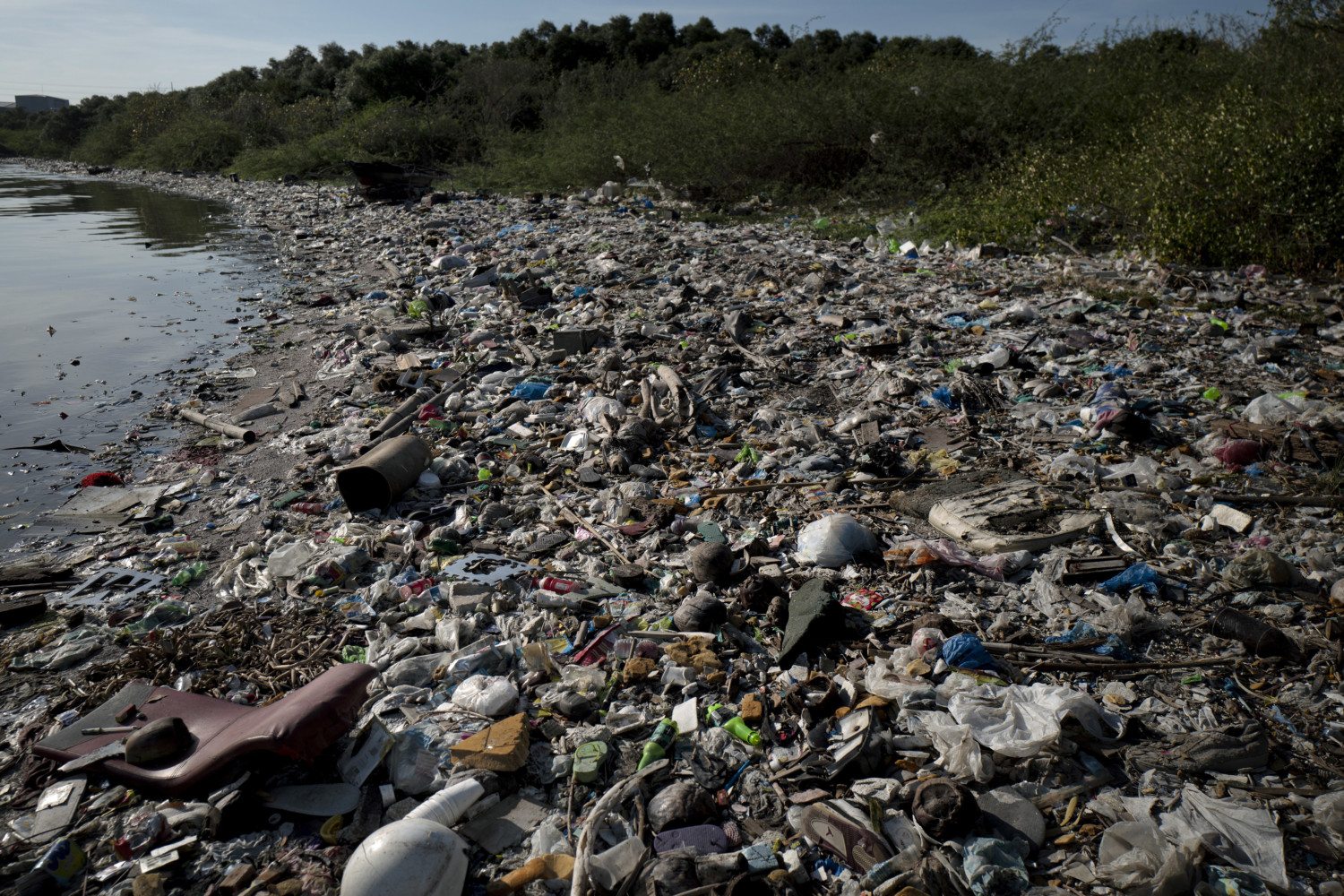
Reducing the amount of plastic in our environment is an enormous issue that will require a global commitment to change. Luckily, National Geographic isn’t tackling this issue solo. Other efforts to reduce the amount of plastic in the environment are underway.
RELATED: This Edible Bottle Could Change How We Drink Water
Scientists Develop Plastic-Eating Enzyme
In 2016, scientists discovered bacteria that had naturally evolved to eat plastic at a waste dump in Japan. When they tweaked the enzyme to see how it had evolved, they inadvertently made the molecule better at breaking down PET (polyethylene terephthalate) plastic, commonly used for soft drink and water bottles.
The enzyme begins breaking down plastic within days, and scientists believe it can be optimized over the next few years to work up to 1,000 times faster. The potential implications of this finding are profound.
“What we are hoping to do is use this enzyme to turn this plastic back into its original components, so we can literally recycle it back to plastic,” University of Portsmouth (U.K) Professor John McGeehan, the research lead, told The Guardian. “It means we won’t need to dig up any more oil and, fundamentally, it should reduce the amount of plastic in the environment.”
Pushback Against Plastic Straws
It has been widely reported that Americans use 500 million drinking straws every day (although some people have disputed that figure). That’s an average of 1.6 straws per person, per day — enough to fill up more than 46,000 school buses in one year. For such a small product, a straw can generate a huge amount of waste.
And that’s where FinalStraw comes in. Created by Los Angeles-based entrepreneurs Emma Cohen and Miles Pepper, FinalStraw is a reusable straw that collapses into a tiny case that can easily fit on your keychain.
The compact and eco-friendly product comes with a stainless steel squeegee for easy cleaning, and is available in four colors. Currently in the tooling phase, FinalStraw will cost about $30 once it hits the market.
Cohen and Pepper launched a Kickstarter to help their project along, and set a goal to raise $12,500. The campaign, which ends this week, has yielded far more than that amount, raising more than $1.6 million from over 33,000 backers.
FinalStraw is not the only reusable straw out there, though. There are stainless steel, silicone and glass ones available to buy. But what sets FinalStraw apart is its portability.
Will you give this reusable straw a try when it is for sale?
[h/t Mashable]


